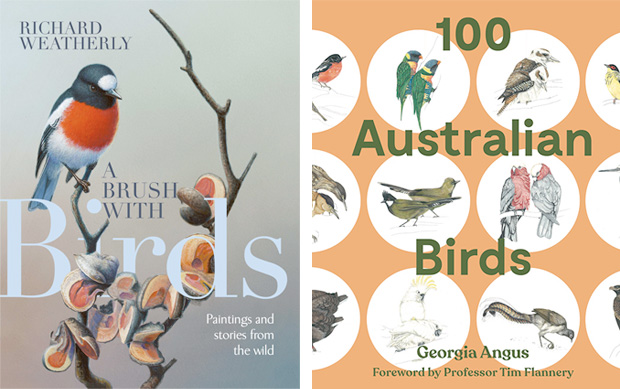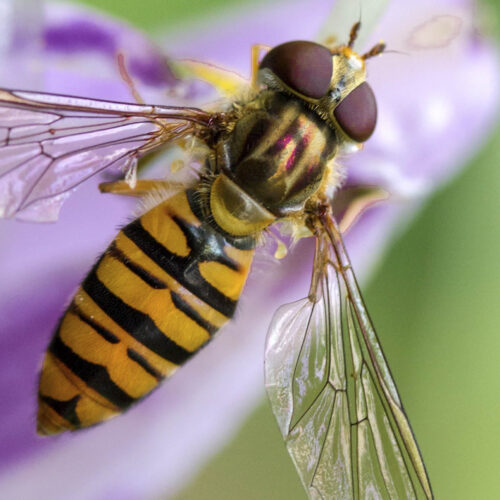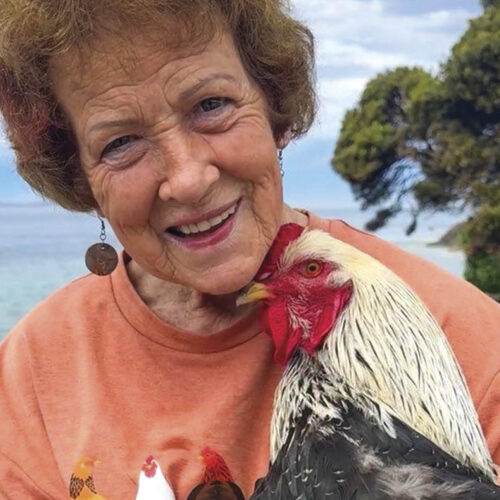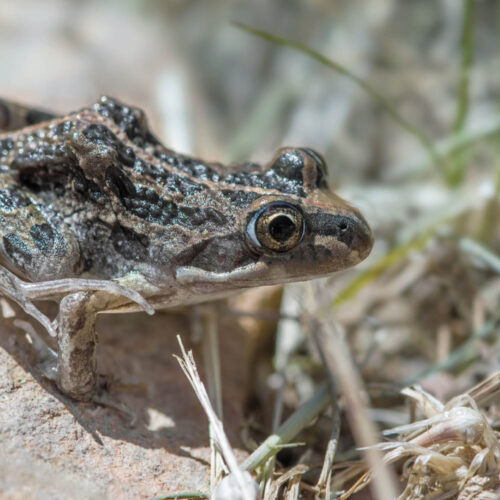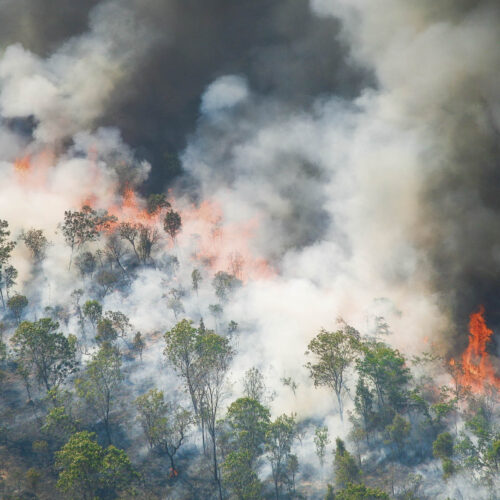Birds in your garden
2021-03-14T06:17:07+11:00
Penny Woodward talks about attracting birds to your garden and two new books about birds.
There are many different things you can do to attract birds to your garden. With some careful plant selection and plenty of bird baths its possible to have a garden alive with beautiful, fascinating birds all year round.
Attracting feathered friends
A good bird garden provides a diversity of levels and structures of vegetation, furnishing lots of feeding opportunities, as well as shelter, refuge, roosting places and nest-sites. In my chaotic, disorganised garden (some years it’s tidier than others) I have a myriad of places for birds to feed, hide and breed. This is enhanced by densely planting a variety of trees, shrubs (some prickly ones), grasses (tussocks and seed bearing), sedges, groundcovers and climbers. In nature, clumps of the same species are common. Try planting several specimens of the same plant together for a massed effect. Having at least one tall tree or high bare perch, to attract the passing trade and give birds a safe lookout over the garden before they risk coming down. Encourage them in by supplying plentiful clean water in ponds and baths.
Most birds prefer sites with a mixture of shrubs, trees and open spaces. Areas of leaf litter, rocks and logs, perhaps around water, can make a big difference for many species. While spiny plants provide protection from both bigger more aggressive birds and cats.
Keeping birds safe
Providing water is one of the most important things that you can do for your native birds. Use small and large shallow baths that are favoured by the smallest birds and deeper baths with sticks in them which the larger birds love. The sticks keep the birds safe by allowing them to climb out. Place some of the water bowls where they can be easily seen from the house. Be careful., too, that cats cannot reach your bird baths. Other safety measures for your local birds are that all netting used in the garden should have holes that you can’t poke your fingers through. This will help to stop birds getting caught. Also don’t use chemical insecticides.
Some suggested native plants to attract birds to your garden
Plants for nectar: Banksia, sweet bursaria (Bursaria spinosa), bottlebrush (Callistemon species) and Correas.
Seed and berry plants: Native grasses including wallaby grasses (Rytidosperma species), Tussock grasses (Poa species) , Wedge-leaf hopbush (Dodonea viscosa), Ruby saltbush (Enchylaena tomentosa) and flax-lilies (Dianella species).
Insect attracting plants, for insect eating birds: Everlasting daisies (Leucochrysum species), clustered everlasting (Chrysocephalum semipapposum), shiny everlasting (Xerochrysum viscosum), Chocolate lily (Arthropodium strictum), Bulbine lily (Bulbine bulbosa), Flax-lily (Dianella species), Billy-buttons (Craspedia species), Scaly buttons (Leptorhynchos species).
Birdwatching guides
It’s a real joy to start and finish your day by watching the diverse native birds in your bird bath, or on your flowers, just outside your window. Life’s worth living when you can commune with, and identify, our fabulous birdlife in all its astounding diversity. Having a bird book on hand to help identify whatever flits around your garden will add to the joy.
The most comprehensive guide for identifying any Australian bird is The Australian Bird Guide from CSIRO publishing put together by an amazing team of authors and artists. But recently two more wonderful books on birds that will both inform and delight, have been published. Anyone interested in birds should have them both.
100 Australian Birds is a beginners guide to watching birds anywhere in Australia. Georgia Angus, anthropologist and biological scientist, is responsible for both the words and the wondrous illustrations. The book is clear and accessible with great advice for beginner bird watchers (and those more experienced too!) Like what to take with you when bird watching, where birds live, ethical birdwatching and much more. But Georgia finishes the intro by explaining that the book is a guide, not a gospel, and with the line ‘Go forth dear reader, and watch the birds.’ The illustration of each bird includes notes that point you to distinctive features, and the text explains what to look and listen for, how immature birds look different and what each species eats. I also love that where possible, First Nations’ names are given to the birds with both the pronunciation and the language group included. Despite having been interested in birds for decades, I’ve learnt new things from this book and very much wish I’d had it available when my interest first started.
100 Australian Birds by Georgia Angus. Foreword by Professor Tim Flannery.
2021, Hardie Grant Travel, $29.95
A Brush with Birds is a beautiful hardcover book that includes exquisite paintings and stories about birds, by the renowned artist and conservationist Richard Weatherly. The book documents his travels all over Australia and to other parts of the world (Africa, New Guinea, Antarctica and America). Some of my favourite paintings are in Antarctica where the penguins waddle across the page. Most of these birds you won’t see in your garden, but the book reminds us in words and pictures of the precious diversity of our planet and what we stand to lose if we don’t get pollution and climate change under control. My only very small complaint was that as I read I kept being distract by the beautiful illustrations, and loosing track of where I was up to!
This autobiography in birds, with an incredible depth of knowledge about birds and an artists eye for both the environment more widely and the birds more closely, is a must read and see for anyone interested in our natural world.
A Brush with Birds, paintings and stories from the wild, by Richard Weatherly, 2020, Hardie Grant Travel, $60

